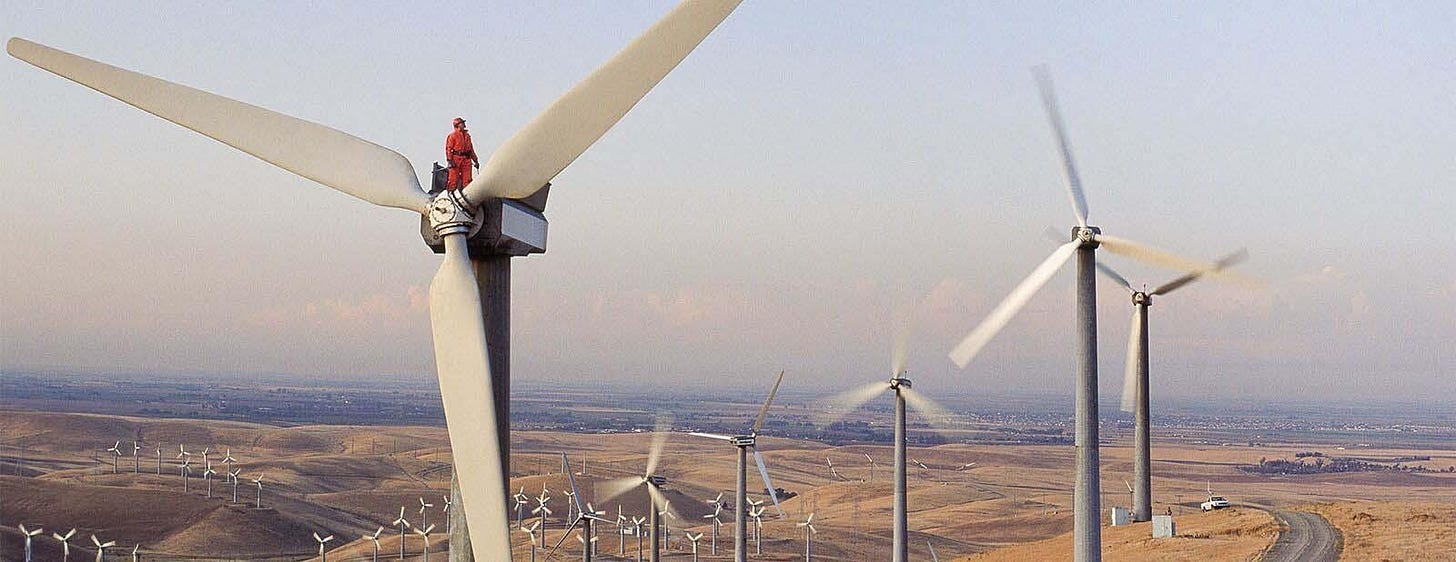Green is the new gold: Climate tech funding explained
Climate tech is no longer niche. Here's how innovators are funding the green transition.
Guest post by Bailey Morrow, Head of Climate Technology at HSBC Innovation Banking
Why Climate Tech?
Climate tech addresses one of the world’s most urgent challenges: reducing greenhouse gas emissions and fostering sustainable development. It's an expansive category, spanning energy, mobility, agri-food, and the circular economy.
In 2023, despite tough macroeconomic conditions, over $70 billion was invested globally in climate tech. This momentum isn’t slowing down.
Key sectors driving the space:
Clean energy (solar, wind, hydrogen, storage)
Carbon capture & utilization
Sustainable transport (EVs, e-mobility infrastructure)
Food systems & waste reduction
💡 Insight: Climate tech isn’t just about environmental impact—it’s also a key economic growth driver.
Who’s Investing & Why It Matters
The VC Opportunity
Venture capital is still the dominant funding model for early-stage climate tech companies. Investors are increasingly aligned with ESG mandates and long-term decarbonization trends.
VCs are targeting:
Hardware innovation (batteries, carbon tech)
Enabling software (platforms to track emissions, optimize energy use)
Biotech solutions (climate-resilient crops, lab-grown proteins)
Yet, hardware-heavy ventures require larger capital reserves, longer development timelines, and specialized expertise—posing challenges traditional VC models weren’t built to solve.
Emerging Funders
The funding landscape is expanding beyond VC:
Corporate venture arms (e.g. Shell Ventures, BMW i Ventures) are doubling down on strategic green investments.
Government funding in the form of grants, subsidies, and loan guarantees is proving pivotal in Europe and North America.
Climate-specific funds and family offices are entering the fray, often with blended finance structures.
📌 Example: The EU’s Innovation Fund and UK’s Net Zero Innovation Portfolio are actively seeding new technologies.
Navigating the Capital Journey
Raising capital in climate tech is unlike traditional SaaS or fintech fundraising. Founders must tailor their approach to align with:
Impact metrics as well as financial KPIs.
Hybrid funding rounds often combine equity, grants, and debt.
Longer sales and development cycles require a different kind of investor patience.
🔍 Investor Tip: "We look for teams that understand both the deep tech and the commercialization journey," says an HSBC Innovation Banking partner.
Strategic Fundraising Advice for Founders
To stand out in today’s crowded climate tech field:
Build relationships early with specialist investors.
Design a capital stack that mixes public and private sources.
Show regulatory readiness, especially in heavily policy-driven sectors like energy and mobility.
Highlight scalability, particularly how your solution can integrate into existing infrastructure.
⚠️ Watch Out: Avoid pitching as a pure "impact" play—investors want robust business fundamentals too.
What’s Next?
Climate tech is becoming one of the most active sectors in venture and growth capital. Looking forward, expect to see:
More cross-border syndicates are forming between European, US, and Asian funds.
Surging LP demand for ESG-aligned VC funds.
A push toward commercialization support, not just seed-stage enthusiasm.
The climate challenge is massive—but so is the opportunity. With patient capital, deep partnerships, and regulatory momentum, climate tech is poised to reshape the global economy.



